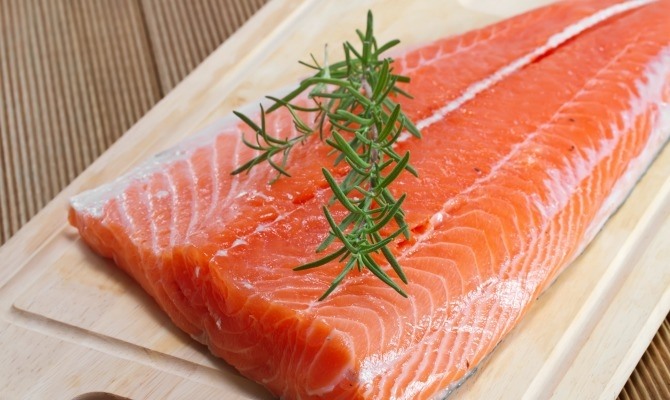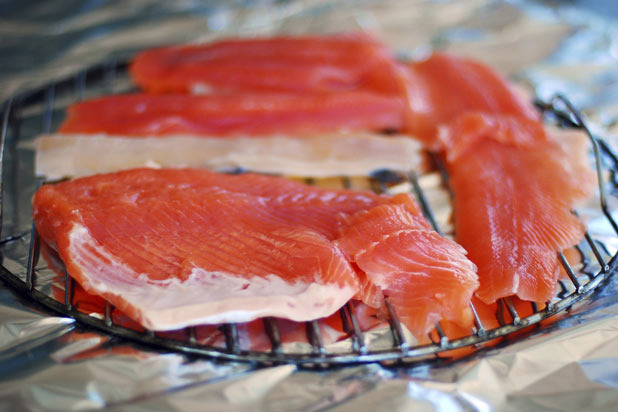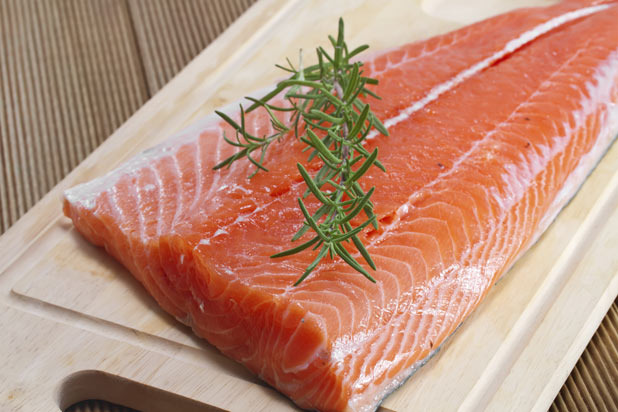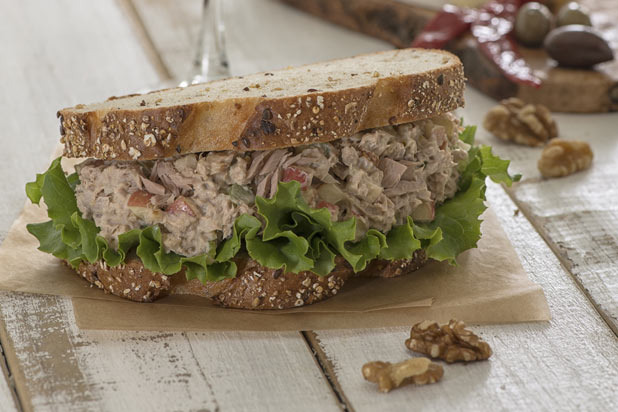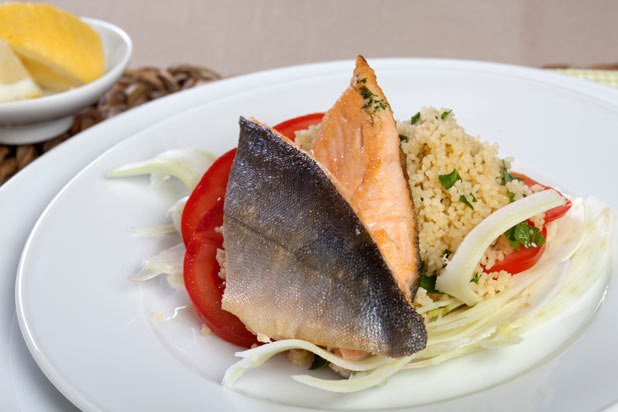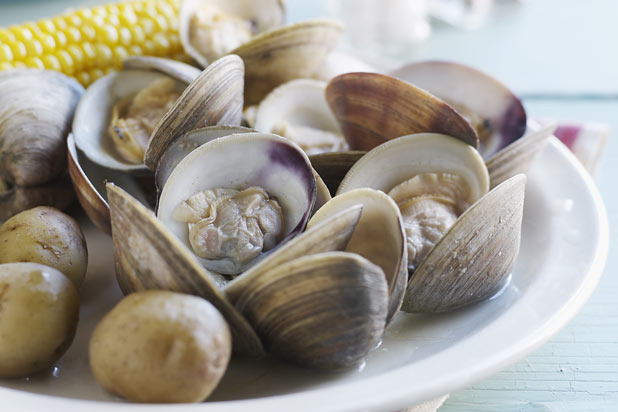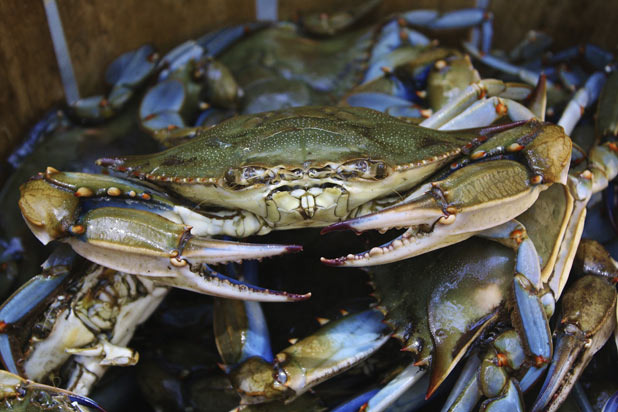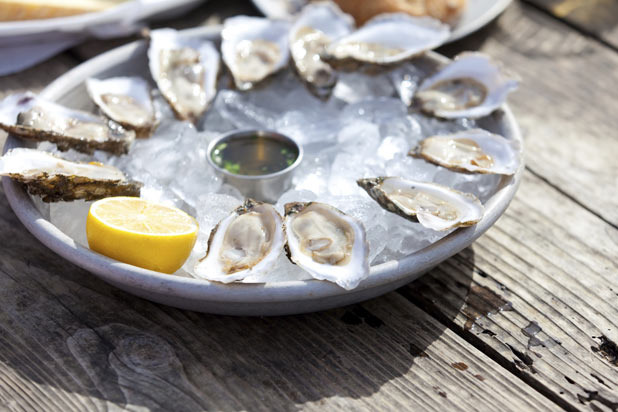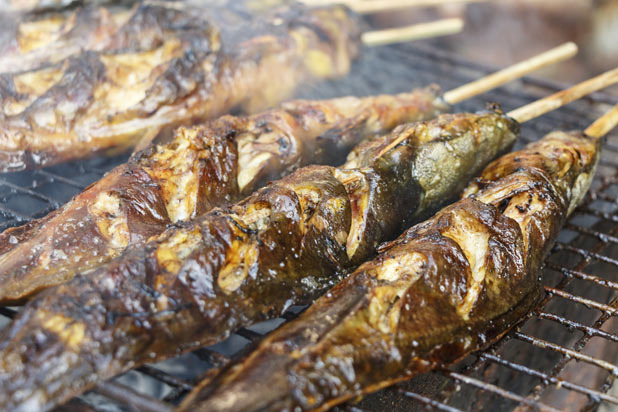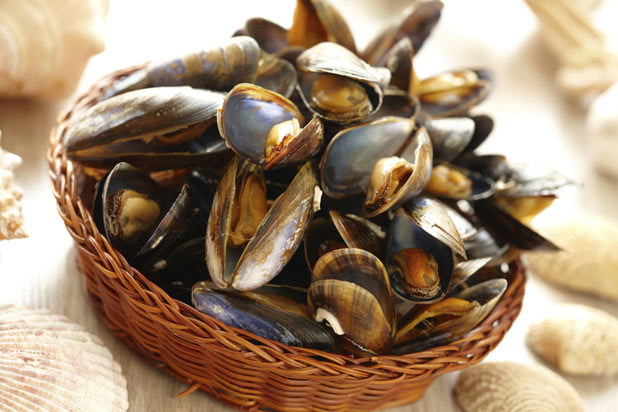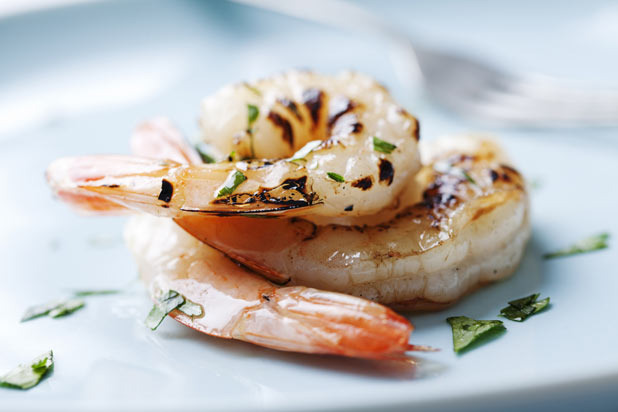What Fish Should We Be Eating This Year (Slideshow)
US hook-and-line-caught Pacific Cod
Pacific cod is a great source of Vitamin B-12. Be sure to purchase trap-caught or hook-and-line-caught Pacific cod though as most Pacific cod is caught using damaging trawling methods.
US Farmed Rainbow Trout
Though many trout populations are threatened or endangered, US farmed rainbow trout are raised using environmentally-friendly practices. Try US farmed rainbow trout as a good source of protein.
Wild Alaskan Salmon
The wild Alaskan salmon population is abundant and well-managed. If you're choosing this nutrient-dense superfood, be sure to steer clear of salmon farmed in open net pens.
Pole-Caught Albacore Tuna
Tuna is a good source of selenium, an antioxidant that can help improve immune system function. When choosing tuna, be sure that it is troll- or pole-caught; there is little to no bycatch when tuna is caught this way.
Farmed Arctic Char
Arctic char is a member of the salmon family so it has a similar flavor and omega-3 content. Farmed arctic char is a good choice because it's raised in a land-based, closed system with a low risk of pollution.
Farmed Clams
Clams are surprisingly high in iron; they have more than some cuts of beef. But wild-caught clams are collected using a dredging method that can be harmful to aquatic ecosystems; be sure to choose farmed clams instead.
Trotline-Caught Blue Crab from Chesapeake Bay
Trotline (hookless) fishing results in zero bycatch. Make sure you choose this variety when eating protein-rich, low-calorie crab.
Farmed Oysters
Both farmed and wild oysters can be good choices but because oysters feed on matter and nutrients that could otherwise pollute waterways oyster farms can benefit the surrounding coastal waters. Choose farmed oysters whenever possible.
US Farmed Catfish
High in vitamin B-12 and low in contaminants like mercury, US farmed catfish are considered one of the most sustainable species of fish available. Just be sure to check the country-of-origin label for "United States" – some imported catfish is simply labeled "catfish".
US Farmed Striped Bass
Striped bass is a good source of selenium which promotes a number of healthy functions within the body. Get your selenium by choosing farmed striped bass from the United States; like many other US-farmed fish the risk of environmental impact is relatively low.
Farmed Mussels
Farmed mussels are raised using environmentally-sound practices making them a good choice if you're looking for a source of immunity-boosting zinc.
US Pacific Halibut
Phosphorous, magnesium, niacin, you name it – halibut is a great source of many vitamins and minerals. Wild-caught halibut from the United States Pacific is the most environmentally-friendly.
US Spiny Lobster
High in protein and low in fat, lobster is possibly one of the most universally-loved health foods. Spiny lobster from the Caribbean and California (specifically those that are diver-caught or trap-caught, respectively) are the best choice from an environmental standpoint.
Farmed Scallops
Much like clams and mussels, farmed scallops have very little environmental impact. And, they're packed with protein (a 3-ounce serving has 20 grams of protein and just 95 calories) making farmed scallops a healthy and responsible seafood choice.
US Farmed Shrimp
Low in calories this high-quality lean protein promotes red blood cell health with vitamins A and B-12. And, US farmed shrimp and prawns are considered one of the most sustainable seafood choices available.
